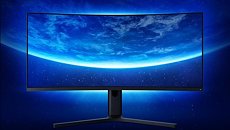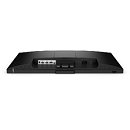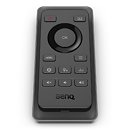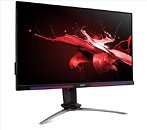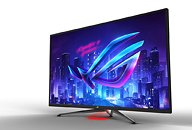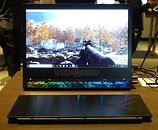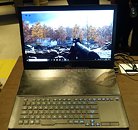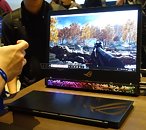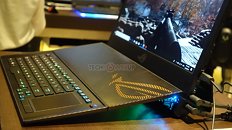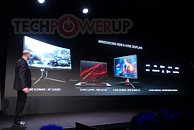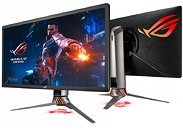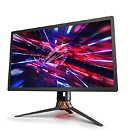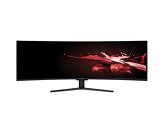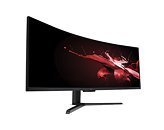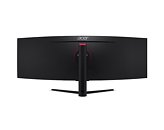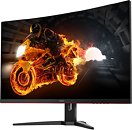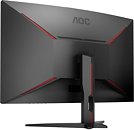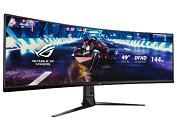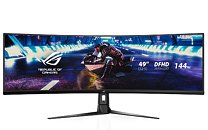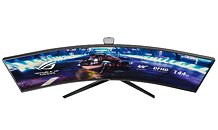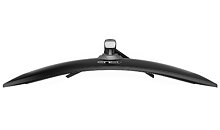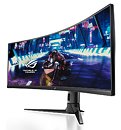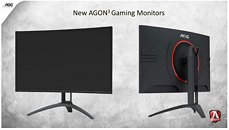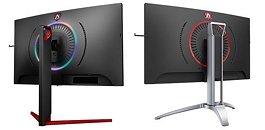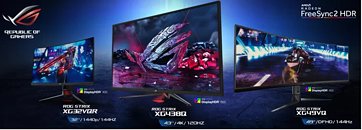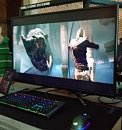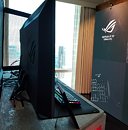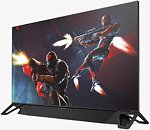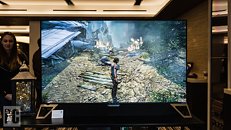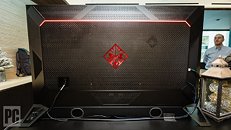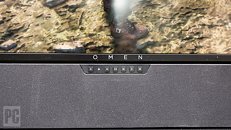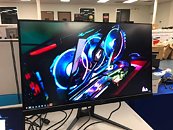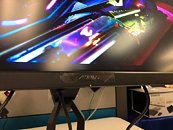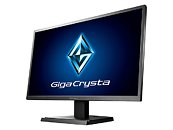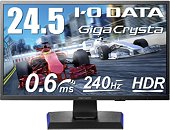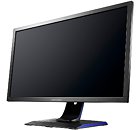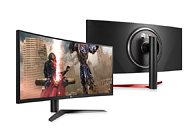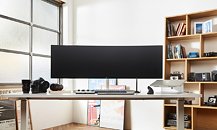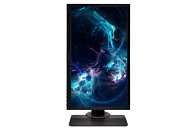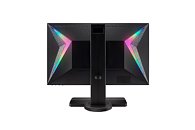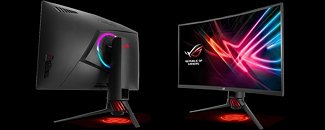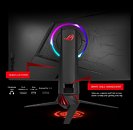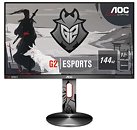Xiaomi Launches Mi Surface Display Gaming Monitors
Xiaomi, the China-based electronics juggernaut that has carved itself into most markets with its aggressive price/performance ratios, has just announced two new gaming monitors in its new Mi Surface Display lineup. First up is a 34", 21:9 UltraWide monitor with a resolution of 3440 x 1440. This one also carries a 144 Hz refresh rate monitor with support for AMD FreeSync (which might also mean it is G-Sync compatible). This same panel offers a 1500R curvature, which is somewhat treated as a must in larger diagonal 21:9 monitors, and Xiaomi is quoting a 5 ms GtG response time, which, paired with the 144 Hz refresh rate, should be more than enough for all but the most seriously competitive gamers.
Color coverage is being quoted at 121% of the sRGB color gamut. The bezels are reportedly around the 2mm mark in the 34" model. The stand and the monitor's connection is ensured by a magnetic clasp. The 34" monitor is being joined by a 1080p, 24" monitor as well, of which there were no additional details being shared. Connectivity details also weren't shared at time of writing. Xiaomi's new Mi Surface Display 34" is priced at 2,499 Yuan (around $352).
Color coverage is being quoted at 121% of the sRGB color gamut. The bezels are reportedly around the 2mm mark in the 34" model. The stand and the monitor's connection is ensured by a magnetic clasp. The 34" monitor is being joined by a 1080p, 24" monitor as well, of which there were no additional details being shared. Connectivity details also weren't shared at time of writing. Xiaomi's new Mi Surface Display 34" is priced at 2,499 Yuan (around $352).
